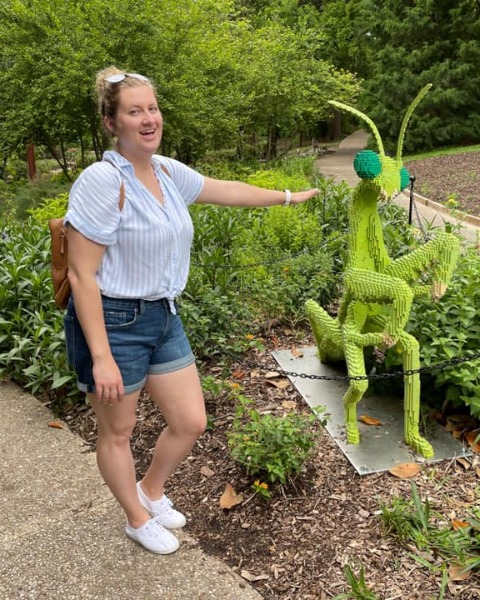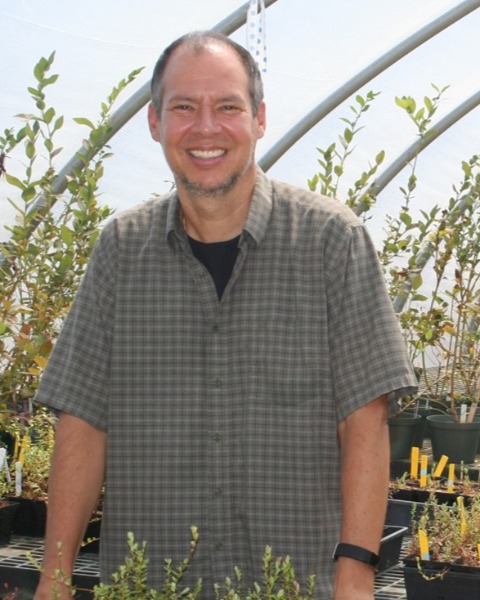10-Minute Presentation
Plant-Insect Ecosystems
10-min: P-IE, Apiculture and Pollinators
Optimization of pollination for improved management of plum curculio in highbush blueberries
Sunday, November 9, 2025
3:54 PM - 4:06 PM Pacific
Location: Oregon Convention Center, E143-144, OCC

Beth Ferguson (she/her/hers)
Postdoctoral Researcher
Rutgers University
Chatsworth, New Jersey
Cesar Rodriguez-Saona (he/him/his)
Extension Specialist
Rutgers University
Chatsworth, New Jersey
Presenting Author(s)
Co-Author(s)
In highbush blueberry production, commercial honey bee hives are introduced early during bloom, and hive removal is typically timed based on bloom completion rather than pest management needs. In New Jersey, plum curculio (PC), Conotrachelus nenuphar, moves from surrounding wooded areas into blueberry fields during mid-bloom. Berries damaged by PC are unmarketable due to oviposition scars and internal larval feeding. Because no insecticides targeting PC can be applied while bees are present, management is delayed until hives are removed. The objectives of this study were to (A) determine the earliest time hives can be removed without negatively affecting yield, and (B) improve predictions of PC movement and associated damage in blueberry fields. Experiments were conducted on eight commercial farms using the cultivars ‘Duke’ and ‘Bluecrop’ in New Jersey’s primary blueberry-growing region. Pollinator exclusion bags were placed at sequential bloom stages—starting at 45% bloom and continuing in 15% intervals until bloom ended—to assess yield impacts from early hive removal. Bushes were selected from both field edges (adjacent to woods) and interiors. PC activity was monitored using baited pyramid traps positioned along the wooded edge, as well as beat-sheet sampling conducted at both the edge and interior of fields. At the onset of harvest, ripe berries will be collected weekly to assess fruit set, average berry weight, seed count, and incidence of PC damage. Results from this study will help identify the optimal timing for hive removal that maintains yield while enabling more effective PC management.
.png)
